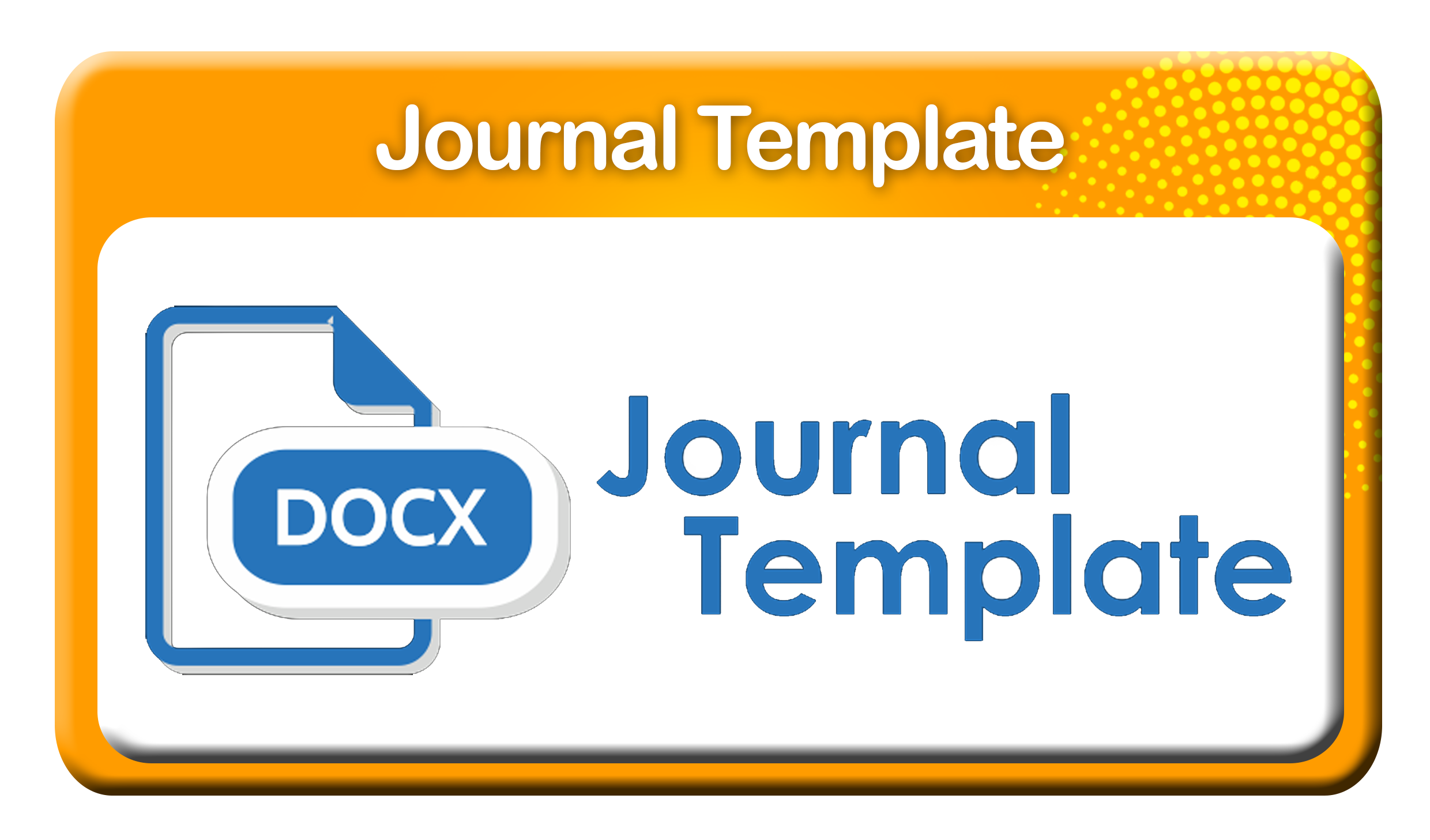THE INVOLVEMENT OF FATHER IN ORDER TO GIVE NUTRITIOUS FOOD FOR CHILDREN
DOI:
https://doi.org/10.29082/IJNMS/2017/Vol1/Iss1/46Keywords:
fathers involvement, nutritious food, under five childrenAbstract
The under five children age is a nutritionally vulnerable group,therefore they require treatment including physical care with the provision of nutritious food especially from the father and mother. The purpose of this research is to know the involvement of father in giving nutritious food to under five children Mojokerto District. The research design is descriptive. The population is all fathers who have under five children as many as 38 people, taken entirely as a sample by using total sampling. The research variable is father's involvement in giving nutritious food to children. Data analysis using percentage.The results showed that most of father's involvement in nutritious food feeding on under-five children is not good as much as 23 people (60,5%). This is motivated by the status of the father who worked as an entrepreneur or not working, elementary education, 36-60 month old childrren and male sex, and working mothers.Time-consuming job as an entrepreneur plus a basic education leads children to may be financially fulfilled but less good in emotional and behaviour involvement. Moreover, the status of unemployment and basic education leads to poor financial and emotional support and behavior. 36-60 months of age and male sex is an active children and tend to be closer to the mother so the father is less involved. Similarly, the status of working mothers does not make the father more involved, because the father tends to require him to work that sacrifice togetherness with children.
Downloads
References
Adriany dan Wirjatmadi. (2012). Peranan Gizi dalam Siklus Kehidupan. Jakarta: Kencana Prenada Media Group
Almatsier, S. (2009). Prinsip Dasar Ilmu Gizi. Jakarta: Gramedia Pustaka Utama
Almatsier, S., Soetardjo, S. dan Soekatri, M.( 2011). Gizi Seimbang dalam Daur Kehidupan. Jakarta: PT Gramedia Pustaka Utama
Arikunto, S.( 2010). Prosedur Penelitian: Suatu Pendekatan Praktik. Edisi Revisi. Cetakan XIV. Jakarta: PT. Rineka Cipta
Beck, M.E. 2011.Ilmu Gizi dan Diet: Hubungannya dengan Penyakit-penyakit untuk Perawat dan Dokter. Yogyakarta: Andi Offset
Briawan, D. dan Herawati, T. (2008). Peran Stimulasi Orang Tua terhadap Perkembangan Anak Balita Keluarga Miskin.(Internet). 2008. Available from: (http://ikk.fema.ipb.ac.id)(Accessed 21 Juni 2016)
Cakrawati, D. dan Mustika, NH. (2012). Bahan Pangan, Gizi dan Kesehatan. Bandung: Alfabeta
Crane, D.R. dan Heaton, T.B. (2008). Handbook of Families and Poverty. New York: Brigham Young University
Day, R.D. dan Lamb, M.E.( 2009).Conceptuaizing and Measuring Father Involvement. London: Routledges
Departemen Kesehatan RI. (2008). Petunjuk Teknis Standar Pelayanan Minimal Bidang Kesehatan di Kabupaten/Kota. Jakarta: Depkes
______________________.( 2013). Riset Kesehatan Dasar 2013. Jakarta: Depkes RI
______________________. (2015). Petunjuk Teknis Bantuan Operasional Kesehatan Tahun 2015. Jakarta: Depkes
Dinas Kesehatan Jawa Timur.( 2013). Jatim Dalam Angka Terkini. Surabaya: Dinkes Jawa Timur
Dolan. (2006). Family Support as Reflective Practice. London: Jessica Kingsley Publisher
FKM UI. (2007). Gizi dan Kesehatan Masyarakat. Jakarta: PT Raja Grafindo Perkasa
Gunarsa dan Gunarsa. (2010). Psikologi untuk Keluarga. Jakarta: BPK Gunung Mulia
Hall, K.M.R., Simonelli, A., dan Viola, A. (2014). Feeding Development, Father Involvement and Family Interactions: Comparison of Two Single Cases. (Internet). Juni 2014.Available from:(http://www.researchgate.ac.id) (Accessed 22 Juni 2016)
Hidayat, A.A.A. (2010). Metode Penelitian Keperawatan dan Teknik Analisis Data. Jakarta: Salemba Medika
Himawan, A.W.( 2006). Hubungan antara Karakteristik Ibu dengan Status Gizi Balita di Kelurahan Sekaran Kecamatan Gunungpati Semarang.(Internet) 2006. Available from: (http://lib.unnes.ac.id) (Accessed 23 Juni 2016)
Karyadi dan Kolopaking. (2007). Kiat Mengatasi Anak Sulit Makan. Jakarta: Intisari Mediatama
Mallan, K.M. (2012). The Role of Fathers in Feeding Children.(Internet). 2012. Available from:(http://www.pedsforparents.com) (Accessed 24 Juni 2016)
Martianto, dkk. (2011). Pola Asuh Makan pada Rumah Tangga yang Tahan dan Tidak Tahan Pangan serta Kaitannya dengan Status Gizi Anak Balita di Kabupaten Banjarnegara. Jurnal Gizi dan Pangan. Volume 6. (Internet). 2011. Available from: (http://journal.ipb.ac.id) (Accessed 7 Mei 2016)
Notoatmodjo, S.( 2007). Kesehatan Masyarakat, Ilmu dan Seni. Jakarta: PT. Rineka Cipta
______________. (2010). Metodologi Penelitian Kesehatan. Jakarta: PT. Rineka Cipta
Nursalam.( 2010). Konsep dan Penerapan Metodologi Penelitian Ilmu Keperawatan. Jakarta : Salemba Medika
Proverawati, A. dan Asfuah, S.( 2009). Buku Ajar Gizi untuk Kebidanan. Yogyakarta: Nuha Medika
Riduwan dan Akdon.( 2007). Rumus dan Data dalam Analisis Statistika. Jakarta: EGC
Sedyaoetama, A.D. 2008. Ilmu Gizi untuk Mahasiswa dan Profesi. Jilid II. Jakarta: Dian Rakyat
Setiawan, A. dan Saryono. (2010). Metodologi Penelitian Kebidanan DIII, DIV, S1 dan S2. Yogyakarta: Nuha Medika
Smith, D.G., Hunt, E.G dan Robertson, D. (2012). Fatherhood and Fathering Among Low Income and Minority Men. New York: Oxford University Press
Sugiyono.( 2011). Statistika untuk Penelitian. Bandung: Alfabeta
Suhardjo, dkk. (2009). Pangan, Gizi dan Pertanian. Jakarta: UI Press
Sulistyoningsih, H. (2011). Gizi Untuk Kesehan Ibu dan Anak. Yogyakarta: Graha Ilmu
Unicef. (2015). Undernutrition contributes to half of all deaths in children under 5 and is widespread in Asia and Africa. (Internet). Januari 2015.Available from: (http://data.unicef.org/nutrition/malnutrition)(Accessed 24 Juni 2016)
Yuniastuti, A.( 2008). Gizi dan Kesehatan. Jakarta: Graha Ilmu
Downloads
Published
Issue
Section
License
Authors who publish with IJNMS agree to the following terms
- Authors retain copyright licensed under a Creative Commons Attribution-ShareAlike 4.0 International License that allows others to share the work non-commercially with an acknowledgement of the work's authorship and initial publication in this journal.
- Authors are permitted and encouraged to post their work online (e.g., in institutional repositories or on their website) prior to and during the submission process, as it can lead to productive exchanges, as well as earlier and greater citation of published work (See The Effect of Open Access). Authors can archive pre-print and post-print or publisher's version/PDF.









_IJNMS.png)






